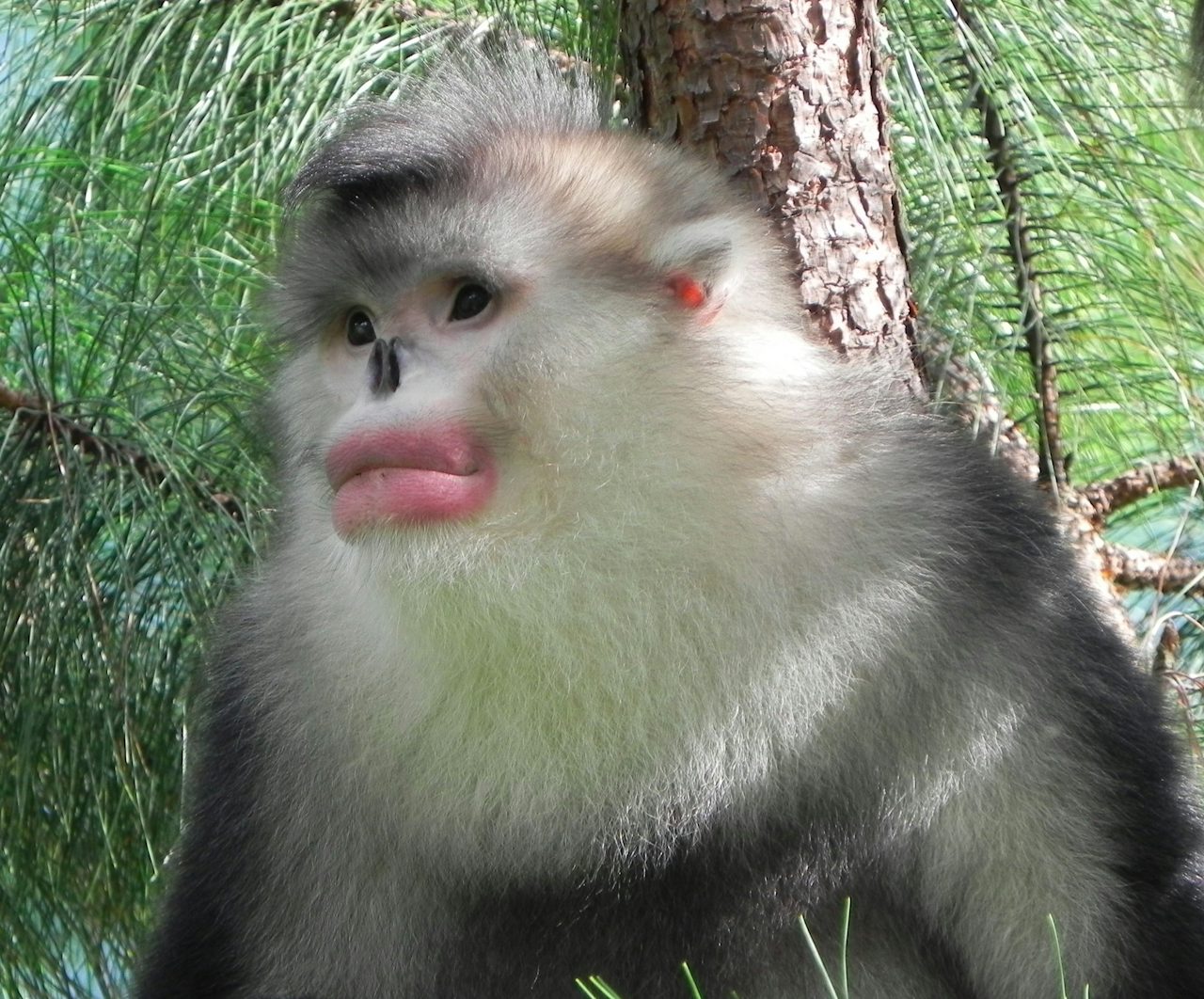A new paper just published in the journal Science Advances suggests that the world is quickly becoming inhospitable to most of our non-human primate species. The report, authored by 31 primatologists, suggests that we “will witness mass primate extinctions in the next 25-50 years,” if nothing is done to slow or stop the major threats that they face. They also conclude that overall, 75 percent of primates are experiencing declining populations.
This is bad news. Previous research has varied, but most often the number of threatened species cited was around 50 percent. The new report differs from previous work in that it now includes most species of non-human primates, and the alarm it sounds is quite critical: The threat is imminent.
The report assessed and compiled data from the United Nations, the IUCN Red List of Threatened Species, and many previous peer-reviewed studies to come up with its dire estimates, and with the assessments of the major threats causing the mass population declines.
All of the threats are human-caused. The major source of threat for primates is habitat loss because of deforestation for the purposes of agriculture. The report says that between 1990 and 2010, agricultural expansion in “primate range regions” was estimated an “area three times that of France,” and it pegs forest cover loss at 2 million square kilometers. Palm oil, in particular, it finds, is a massive threat to several species of apes and other primates in Africa because there is a growing demand for it, and many of the species reside outside of protected areas, where deforestation is most rapid. Other major threats include logging, livestock farming, ranching, trapping, and hunting. Threats vary from region to region: In the DRC, the report says, one species, Grauer’s gorilla, has declined 77 percent, from 17,000 in 1995 to just 3,800 in 2014 / 2015 because of mining-related hunting of the animals for meat. Pollution and climate change, the authors suggest, are not helping matters, and neither is poverty: Areas of overlap in habitat of impoverished and rapidly expanding human populations with those of threatened primates are specific areas the authors propose for further study.
Though primates are found in 90 countries around the world, the vast majority of them — over two-thirds — are in four countries: Brazil, Madagascar, Indonesia, and the Democratic Republic of Congo. These four countries, of course, are thus the most critical for preservation efforts. 87 percent of the species in Madagascar are threatened, 73 percent of those found in Asia are threatened, and 37 percent of those found on mainland Africa.
There are a lot of compelling arguments as to why “primates matter,” or why we should stop all of them from becoming extinct. A baseline of respect for the other life on our planet is one argument, as is the fact that primates, being quite close to humans, have been historically and currently very useful to us as “model animals” in our quest to understand ourselves and our own evolution. However, the report also makes the case that losing primate species would have further negative impact on the environment, as they are “prey, predator, and mutualist species in food webs and thereby influence ecosystem structure, function, and resilience.” Primates are also identified as important pollinators in many environments. The list of reasons we should see to it that they are protected is quite extensive.
One of the barriers for people in issues of great import, like climate change — and now this very alarming issue of primate threat — is that the issue is quite large, and it’s tempting to simply resign ourselves to what seems like hopelessness. Anthony B. Rylands, the deputy chair of IUCN SSC Primate Specialist Group, says that the report is clearly aimed at “so-called decision-makers who have the power to destroy forests or not — regional and national government” and “big corporate businesses in logging, food, agriculture, fossil fuels, and livestock.” And the report’s recommendations, in fact, do require a lot of large-scale action, planning, and investment. Areas of focus the researchers suggest are “improving the human condition,” which many if not most of us agree would probably be good for everyone. But protecting Earth from further deforestation is clearly the primary way to combat losing these species. Rylands does suggest that individuals, through activism and boycotts can have some impact, but again, a huge effort is called for because of the critical, current situation. The authors ultimately also suggest that using new technologies to track and monitor threatened populations will offer greater detail into the threats they face, and alert us to more imminent dangers.


